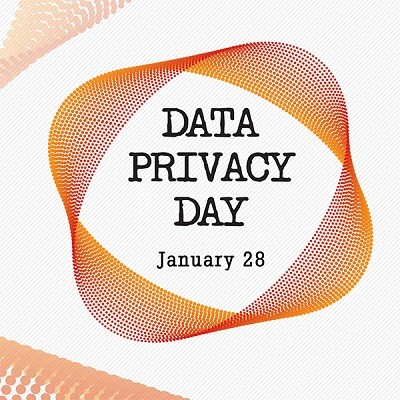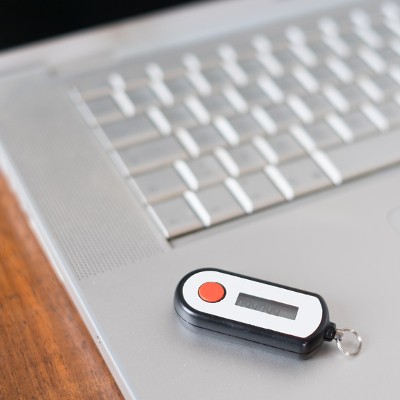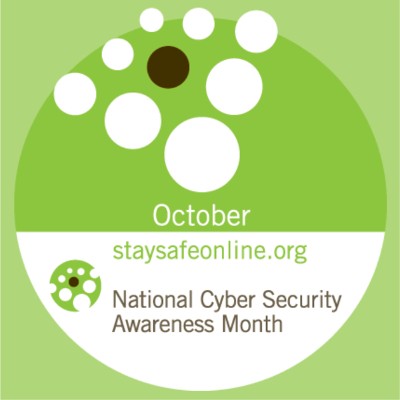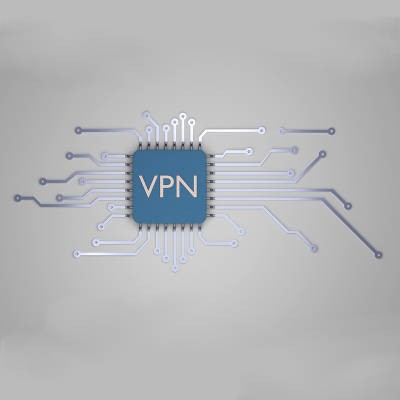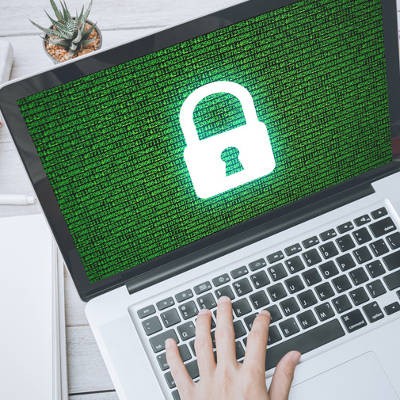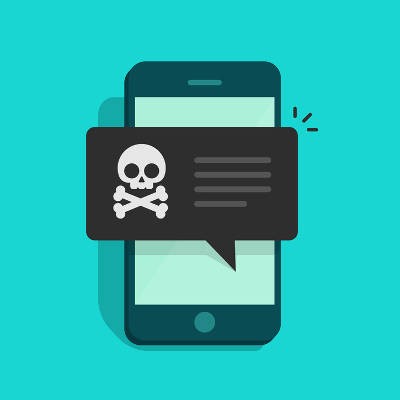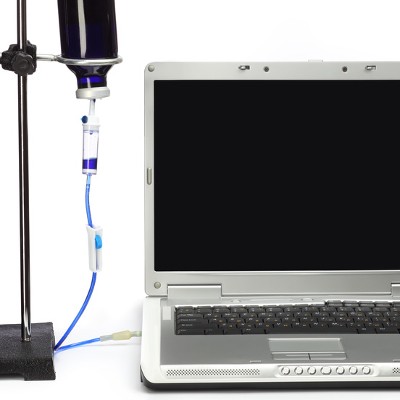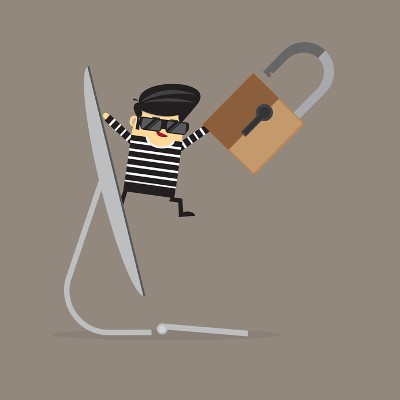Ferrum Technology Services Blog
January 28th marks Data Privacy Day, a day intended to raise awareness of the importance of data privacy and educate users and business owners of its benefits. Spearheaded by the National Cyber Security Alliance, there are plenty of lessons the NCSA has to share with businesses as this day puts their, and their clients’, privacy in the spotlight.
The holiday season is coming to a close, with meals shared and gifts opened. You may have even received a new gizmo or doodad that you’re looking forward to trying out. Not to burst your bubble, but there is unfortunately a chance that the gizmo you had hoped to get (or purchased for a loved one) may lead to a security breach.
The Equifax data breach has been a considerable issue for countless individuals, exposing sensitive information that could lead to identity theft and so much more. In response to this breach, some experts are recommending that consumers go as far as freezing their credit lines because of the potential for breaches. Well, it all comes down to a PIN--something that can be easily guessed by a hacker under the right circumstances.
Every October, the Department of Homeland Security (DHS), United States Computer Emergency Readiness Team (CERT), and the Federal Bureau of Investigation (FBI) join forces to drive cyber security awareness. Cybercrime is a constant threat to individuals and businesses, alike. In fact, the risk is so significant that the US government decided to step up and offer information and resources stressing the importance of cyber security and raise awareness on the best practices to utilize when protect your nonpublic information.
While not always the case, hackers will generally act with a purpose. They might be looking to snatch some personally identifiable information from a database, or account credentials form unwary users. Regardless, hackers will go to any length to collect this information from unsuspecting users, and you need to do what you can to protect it.
With the explosive popularity of social networking, the Internet seems to be a less private place than ever. With both communication and cyber crime rising in commonality, online privacy seems to be turning into a less attainable goal than ever. However, for this week’s tip, we’ll review some of the tools out there that can help you fight for your right to privacy.
Due to recent legislative activity, the rules and regulations that the Federal Communications Commission put in place to protect the personal data of Internet users have been struck down. This change now allows ISPs, or Internet Service Providers, to sell the browsing information of their customers to advertisers without consent--a move many consider to be a threat to net neutrality. This is what you need to know.
It’s a tough lesson to learn, but almost any company is susceptible to cyber-attacks that take advantage of any security setup’s weakest link: the people involved. This lesson was most recently learned the hard way by two unnamed tech companies that fell victim to a phishing campaign that was allegedly run by Evaldas Rimasauskas, a Lithuanian man accused of stealing $100 million from them.
Your business has always used technology as a way to move forward and differentiate itself from other businesses, but you can’t take full advantage of the benefits that technology brings if you don’t take a chance with new devices. Here are four new technologies that may have exactly what you need to make a significant improvement in your business operations.
One of the biggest fears of every smartphone user is having their phone stolen. Compounding this fear is the additional risk of the thief accessing the contents of the device and doing with it as they please. To help reduce the injury that comes from the insult of a stolen phone, security developers have come up with several clever solutions.
Did you know that many webcams are infested with RATs? Not unlike their furry counterparts, RATs (or Remote Access Tools) are a nuisance that can cross the line into hazardous. This form of software allows a non-user to spy on a computer, giving them the ability to steal information or even record you and your environment with a PC’s webcam.
One major advantage of the cloud is that it allows users to easily share files. Although, due to just how easy it is to share files, this advantage may also prove to be a disadvantage, especially when inexperienced users are the ones doing the sharing. The next time your business shares a file with a cloud-based file sharing service, be sure to account for these three risks.
Data security is arguably one of the most important parts of running a business, especially when personally identifiable or confidential information is being shared across your network. Yet, some businesses continue to ignore security in favor of a “more convenient” approach which doesn’t hinder operations. When implemented properly, your security not only augments operations, but secures your organization’s data infrastructure.
Doing business on the Internet is a dangerous gambit, and not one which should be taken lightly. Every small business uses some kind of sensitive information that is valuable to hackers. Most think that preventative measures are enough to ensure their security, but the fact remains that only through threat detection and elimination can you guarantee that all issues are promptly handled.
The threats to your organization’s infrastructure are numerous and plentiful, and while some will make themselves known immediately, others will hide in plain sight. These threats are designed to either leak information or provide new outlets for hacking attacks. Regardless, it’s important to identify attacks that have weaseled their way through your defenses before they have been around long enough to cause damage.
Breaches are Inevitable
To truly understand how threat detection is just as important as threat prevention, you need to come to grips with the worst-case scenario. It’s not an uncertainty that you’ll be hacked at some point--in fact, it’s very likely, and as such, you need to make sure that you’re prepared for any and all situations, including a data breach. Even large organizations and enterprises that pride themselves on security can experience data breaches. Consider the high-profile hacks of Sony and the United States Office of Personnel, as well as the health care provider Excellus BlueCross BlueShield. If these organizations had anticipated data breaches, perhaps they may have been able to prevent them--or at least mitigate the damage.
This is why you absolutely need to expect the worst in order to keep it from happening. While preventative solutions can help, it’s also imperative that you implement ways to detect intrusions, as well as ways to eliminate threats. Only then can you be ready to tackle any and all threats that want to hurt your business.
What You Can Do
CIO recommends what they call a preventative “triad” of sorts. This includes protection, detection, and reaction. You’ll need both security solutions like a firewall, and monitoring tools that allow you to check (and eject) threats from your network.
Social Media allows businesses to share their brand with the outside world in entirely new ways. While the benefit of social media is that everyone and their mother is on it, the problem with social media is that everyone and their mother is on it. People put all sorts of information on their accounts, which translates into a major security risk in the form of targeted phishing attacks.
Healthcare organizations are a hot topic when it comes to cybersecurity, as even a small data breach could turn into a goldmine for hackers. Recently, IBM’s 2016 Cyber Security Intelligence Index has reported a data breach that exposed more than 10 million medical records, which shows us just how scary a breach of this kind can be. The secret weapon, in many cases, is a threat called ransomware.
 As time goes on, the password has proven time and again that it’s not going to be enough to keep hackers out of online accounts and other sensitive parts of your IT infrastructure. One of the most valuable responses to this development was two-factor authentication, which is part of a more complex overarching trend that involves much more than simple two-factor authentication.
As time goes on, the password has proven time and again that it’s not going to be enough to keep hackers out of online accounts and other sensitive parts of your IT infrastructure. One of the most valuable responses to this development was two-factor authentication, which is part of a more complex overarching trend that involves much more than simple two-factor authentication.

